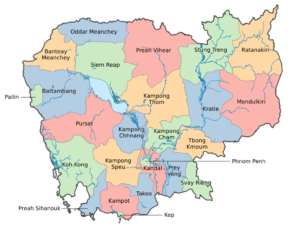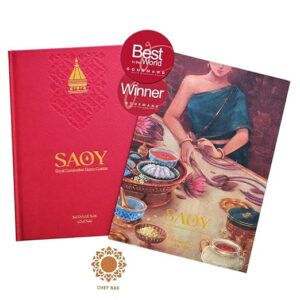
Cambodia National Flag
There were different flags used as the national flag of Cambodia since 1863. The Cambodian flag has three stripes and the middle one is larger than the blue ones which are at the top and the bottom. However, the middle stripe is red with the Angkor Wat in the middle of the flag.


